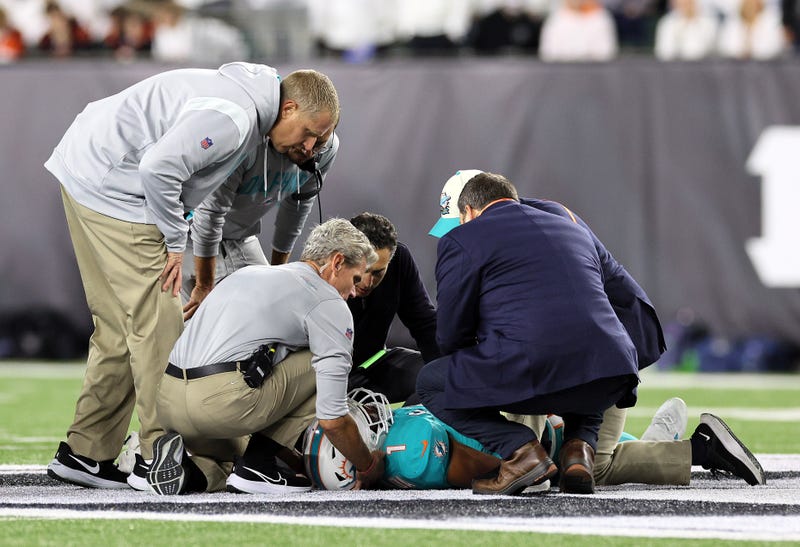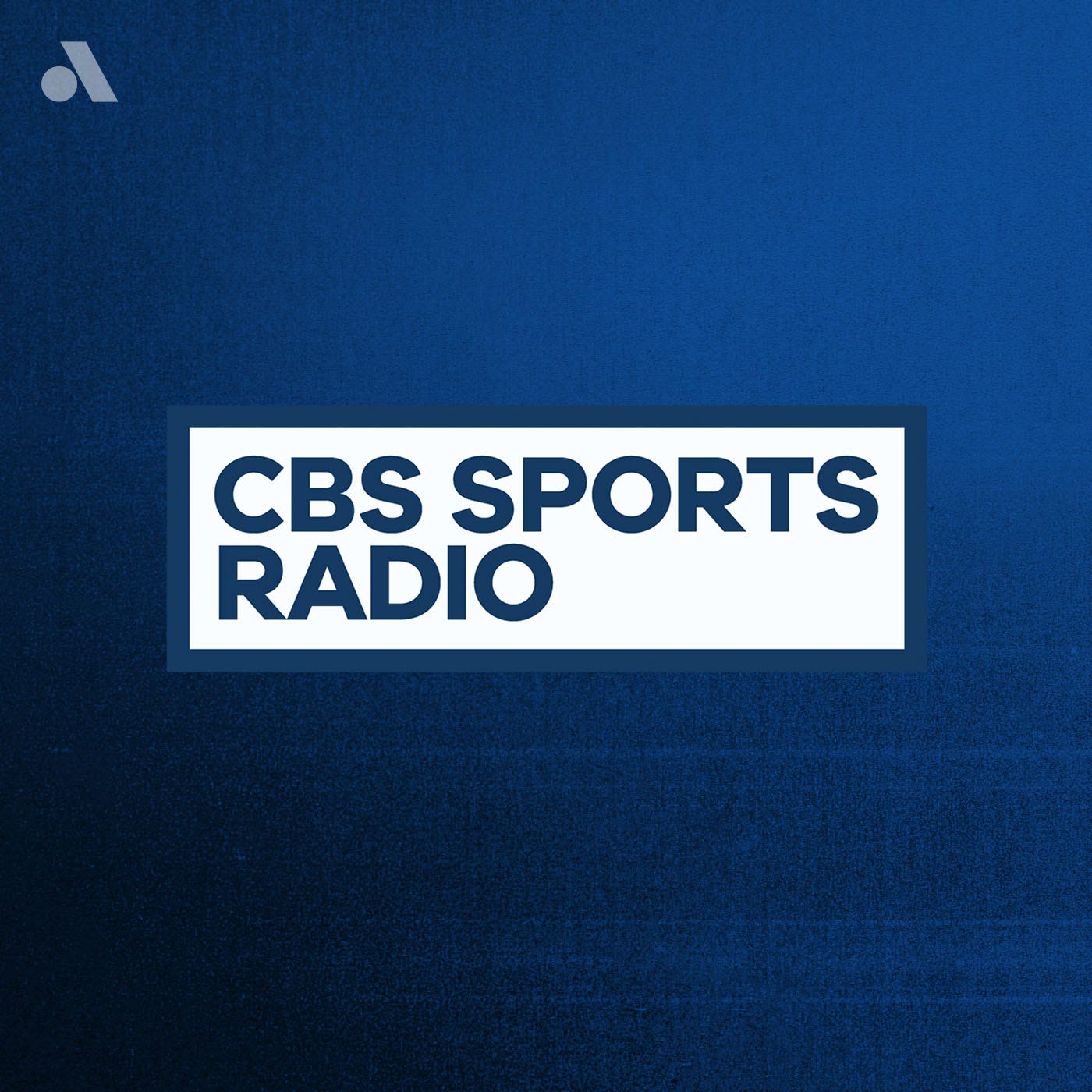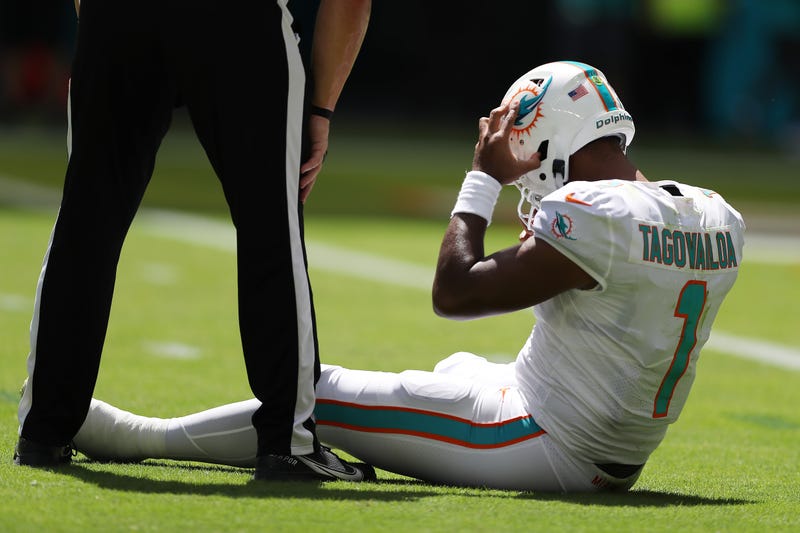
The scene in Cincinnati was frightening. Watching Tua Tagovailoa lay prone on the ground in the fencing position -- helped off in a stretcher and taken to the hospital -- was gut-wrenching. And like nearly everyone else, I wondered how the Dolphins could look themselves in the mirror. Last Sunday against Buffalo, Tagovailoa suffered what very clearly looked like a concussion. Now, the team was reaping what it sowed. Miami had allowed him to return while vulnerable, and Thursday night's scene against the Bengals was the result. Professional negligence was on display, and the football world shrieked.
The more I thought about it, though, and after listening to Miami head coach Mike McDaniel speak, I started to doubt my initial reaction. Last week against the Bills, it certainly appeared Tagovailoa suffered a concussion. He stumbled while on his feet. He had to be held up by his teammates. And he grasped at his facemask. But what other evidence did we have? From just a five-second clip, the world had deemed it, inarguably, head trauma.

Tagovailoa said it was a back injury against Buffalo. The Dolphins said it was a back injury. He cleared concussion protocol to return to last week's game. He suffered no post-concussion effects this week, that we know of. And he was listed on the injury report with a back and ankle, at less than 100-percent. But other than those five seconds of wobbling, we had no other information that linked to head trauma.
There's so little trust in the NFL's powers, and so much confirmation bias in the air, that it really didn't matter what the evidence said. We saw Tagovailoa struggle last week to stay on his feet. Almost everyone around us thought it looked like a concussion. Brain experts, like Chris Nowinski, have a Ph.D. in behavioral neuroscience, and even he was adamant it was a concussion last week. When tweeting about the danger he saw Tagovailoa in before Thursday night, Nowinski stated, "If he has a 2nd concussion tonight." The idea that the Dolphins were telling the truth wasn't even considered.
It looked like a concussion. At least one expert flatly said it was a concussion. There certainly used to be a time when NFL teams and coaches pushed guys back on the field without much care for their long-term brain health. And it all seemed to line up. If you wanted to believe it absolutely was a brain injury and the Dolphins were committing malpractice, you had confirmation everywhere.
The Amazon Prime broadcast seemed to encourage that skepticism as well. Their halftime show featured three former players -- Tony Gonzalez, Richard Sherman, and Ryan Fitzpatrick -- emotionally toiling over Tagovailoa's injury, yet they conveniently left out last week's image. All week people wondered aloud if Tagovailoa was okay to play on Thursday, but nobody on the Amazon set even referenced it. It felt as though this was a league-wide cover up. No one could admit the truth.
Nowinski went even further on Tagovailoa, tweeting, "You guys should go to jail for letting him play 5 days after an obvious #concussion you covered up. If he dies from second-impact syndrome, I'm pushing form murder charges." Talk about ferocity in one's belief. Considering an outcome where Tagovailoa dies was quite the leap. No league player has ever died from head trauma on the field. You'd have to go back to before the NFL's inception, the turn of the century, when Teddy Roosevelt came in to fix the death toll of the gruesomely physical sport. Interestingly, Nowinski has since deleted the tweet.

For those assuming the Dolphins wanted to push Tagovailoa back into action, it wasn't their call. An independent neurologist, unaffiliated with either team, had to make that decision. Two former players, Pat McAfee and A.J. Hawk, were confident last week that there was no nefarious motive in play. In their experience, the NFL doesn't take this lightly. They believe there was no way Tagovailoa would be pushed back out there if he had suffered a concussion. A neurologist hired by the NFL is probably more likely to prevent a player from returning to protect the NFL against NFLPA investigations, massive litigation, and a public relations nightmare.
It's possible none of the conspiracy events took place. There's a reality where Tagovailoa injured his back, lost stability, stumbled, and fell. And it's plausible he passed all neurological tests, and a specialist honestly believed there was no reason to keep him off the field. Miami would've then allowed him to play, earnestly assuming he wasn't at risk for another concussion. And the play on Thursday night was simply a random violent act that happens in plenty of NFL games, where a player's head is slammed down to the turf. Tagovailoa has a long history of injuries.
But, we all know how it looked, and it sure looked like a concussion. And we have more than enough reasons not to trust the integrity of the NFL. And we know that the league has ignored the plight of injured players in its past. And we're aware of the pressure to win games -- the competitive nature of players to return to the field. And the Dolphins have been found guilty of subversive acts. And, well, it sure looked like a concussion.
To help reverse this skepticism on Tagovailoa's injury, the league should make its concussion protocols public. What tests did he have to pass? They should allow the neurologist and team doctors to explain why they felt it was actually a back injury, and not head trauma. There are no easy answers here, but there can be lessons learned. One of them might be to avoid being cemented in an opinion, just because it sounds like the right one.
